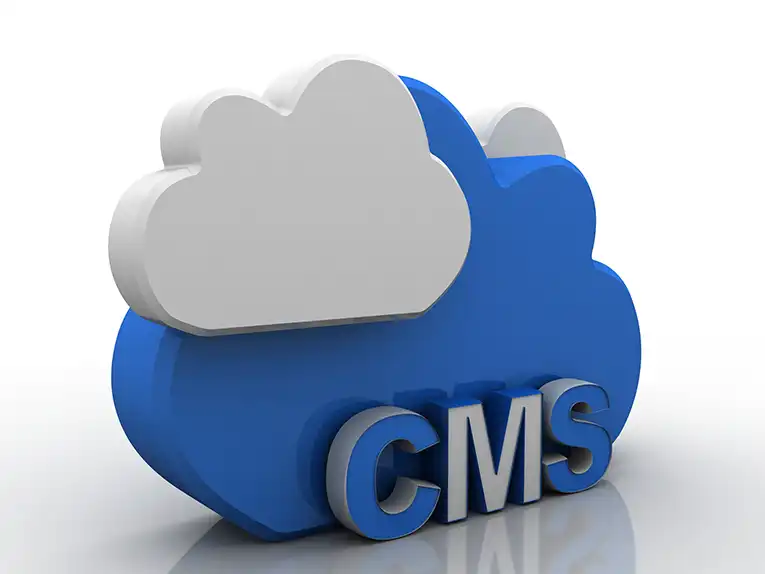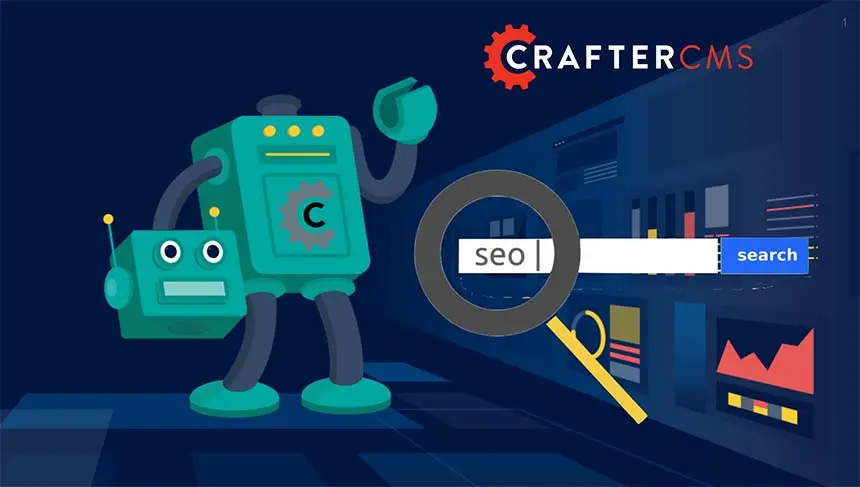Managing a Headless CMS with EKS: How Crafter Cloud Uses Amazon Elastic Kubernetes Service

Sara Williams

Managing a Headless CMS with EKS: How Crafter Cloud Uses Amazon Elastic Kubernetes Service
Nowadays, we live in what can only be described as a content-driven world. The modern consumer can choose from their pick of digital content, whether they want to be entertained or informed.
When customers want to learn more about a brand, they simply need to pick from various channel options such as a website, social media platform, or one of their many IoT-connected applications to begin interacting.
Brands understand this and are continually searching for ways to provide their customers with the ultimate digital experience to satisfy them.
According to Gartner, there is a trend among growing companies to collect data about the customer experience continually. To facilitate these experiences, many brands have turned to headless CMSs because of the flexible architecture and ability to connect to multiple frontends and digital channels using APIs.
While a headless CMS can provide an appropriate tool for creating these digital content experiences, brands can gain even more benefits by using cloud technology to help deliver them to a global audience.
AWS represents a common choice for many enterprises seeking a cloud provider to host their digital experience platforms and applications, and they can achieve greater power and flexibility by using Amazon Elastic Kubernetes Service (AWS EKS) specifically - if they have an EKS-ready CMS.
Let’s dive into why you need an EKS CMS, this CMS’s characteristics, and how you can use it for your content-driven digital experience applications.
Read More: What is Amazon EKS?
Why You Need An EKS-Ready CMS
Amazon EKS provides an easier way for you to utilize Kubernetes in the cloud. It offers a more secure Kubernetes environment, a simpler way to provision and scale services, and to increase availability and observability for all types of applications. But here’s why you need a CMS that’s ready to be deployed using EKS.
Leverage the benefits of the cloud
Cloud computing enables greater accessibility and scalability for modern businesses. Not only can they keep up with customer demand and increased traffic more efficiently, but they can also do so at lower costs than using on-premise infrastructure.
Build for the modern web with containerization and microservices
Customer experiences are driven by innovation. Consequently, modern web development has evolved to include concepts such as containerization and microservices that allow DevOps teams to streamline the deployment and management of content applications. An EKS-ready CMS can support containerized deployments and orchestration out of the box with Docker and Kubernetes.
Improve DevOps flexibility and maximize the power of AWS
The primary benefit of EKS is that it enables DevOps teams to start, run and scale Kubernetes using AWS quickly. Using an EKS-ready CMS to power your digital experiences allows DevOps to get the most out of the most popular container orchestration system and cloud service provider without additional manual work.
What Makes an EKS-Ready CMS?
Running content applications using EKS requires your CMS to be EKS compatible. Otherwise, you may struggle to leverage the elasticity and scalability of AWS. Here’s what makes a CMS EKS-compatible.
Serverless
Your CMS should be able to maintain routine AWS deployments and operate in a serverless manner. Serverless computing enables you to build applications and run them without the need to manage the underlying servers. Instead, server management is handled through automation.
When your CMS and CMS-driven apps are compatible with serverless computing architectures, it allows your DevOps teams to focus on development and CI/CD without worrying about managing or operating any additional infrastructure. This facilitates a faster time to market for your new digital experience application features and flexible scaling and high availability.
Stateless
A stateless system enables you to operate separate instances of your application independently of each other. Stateless architecture for a headless CMS can be achieved when content authoring is decoupled from content delivery, so that the delivery instance(s) can provide content to several front-ends without any dependence on a shared database or backend content repository. This also facilitates the distribution of content globally.
An EKS-ready CMS takes this decoupled approach, separating the authoring tier from the content delivery tier. As a result, content is stored, indexed and cached separately within each delivery node, allowing for high-performance content delivery and avoiding any bottlenecks. Being serverless and stateless allows EKS to manage the entire CMS architecture on AWS dynamically.
How Does Crafter Use EKS?
Combining the power of EKS with a headless CMS provides any enterprise with the tools to deliver quality digital experiences and run all types of content applications. CrafterCMS is a cloud-native, headless CMS designed from the ground up with an architecture that is both serverless and stateless, enables the development and delivery of high performance, planet scale digital experiences for your audience.
Crafter Cloud is a fully managed SaaS offering of Crafer CMS that leverages AWS EKS.
Crafter Cloud also uses GitOps to streamline changes in the development process, enabling code changes to happen via Git flows, reducing the need for human resources and providing a modern way to support and update systems.
When working in the cloud, many enterprises favor a DevOps approach for streamlining the building of applications in the cloud. However, DevOps alone isn’t capable of handling the nuances of integrating a CMS. Instead, Crafter supports a unique DevContentOps process, which integrates content management into the DevOps process to remove the gaps which typically occur with both traditional, legacy CMSs and simple SaaS-only headless CMSs.
Crafter Cloud’s use of AWS EKS enables the delivery of highly personalized experiences to your customers on a global basis. Content targeting allows you to deliver the most relevant content to your audience, and on the device they are most comfortable using through multi-channel experiences. Plus, developers can leverage the frontend tools of their choice for building applications, whether that be React, Vue or any other UI framework or toolset.
Interested in learning more about Crafter Cloud and how we continue to leverage AWS and EKS to deliver world-class content management solutions? Take a look at the interview with our CTO and Chief Architect to discover How Crafter Cloud Works With AWS for Serverless Content Delivery.
Related Posts

Building Personalized Digital Experiences for a Cruise Liner

Sara Williams

CrafterCMS Wins More G2 Awards Spring 2024

Amanda Lee

What Is a Cloud CMS? (Unlocking the Benefits of a CMS in the Cloud)

Sara Williams

Headless CMS SEO (How to Do SEO Right With a Headless CMS)

Amanda Jones
Related Resources
-

Personalized Digital Experiences for a Cruise Liner
Webcast
-

Introducing CrafterCMS v4.0
Webcast
-

Modernizing Video Delivery and Content Management at CPAC, A Canadian Nationwide Broadcaster
Webcast
-

AI-based Media Asset Management with AWS Rekognition and CrafterCMS
Webcast
-

Building React Apps on a Headless CMS
White Paper





